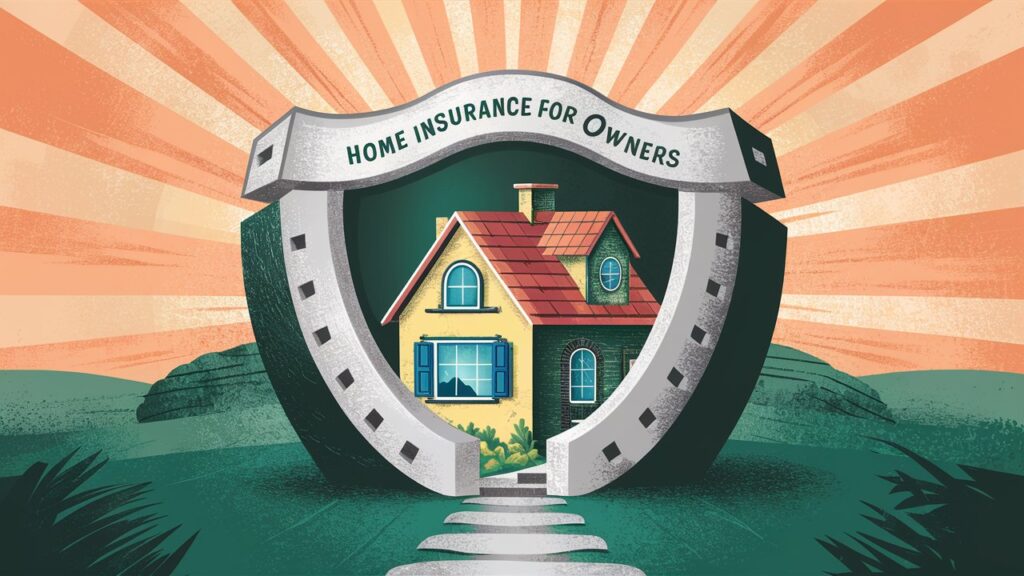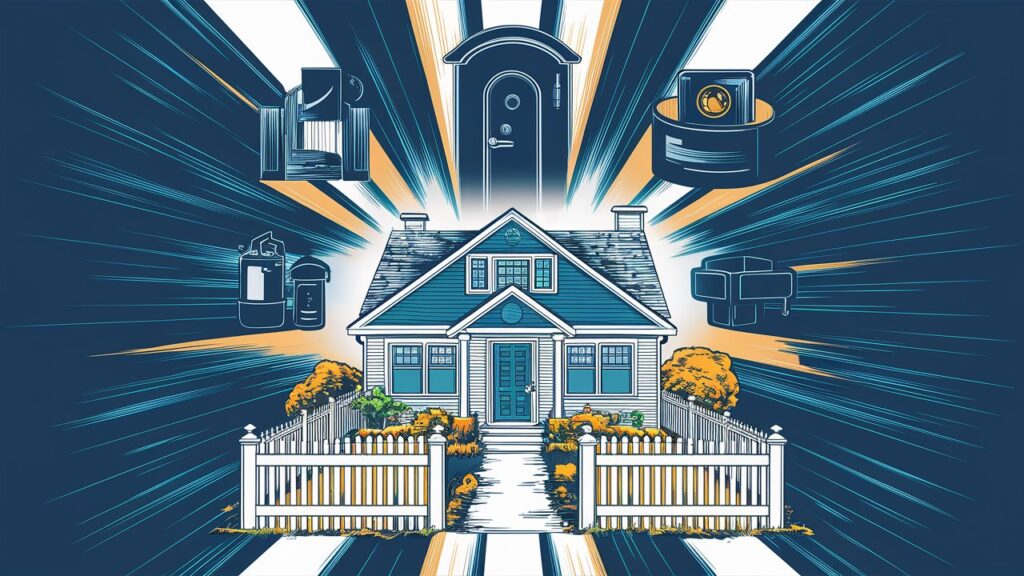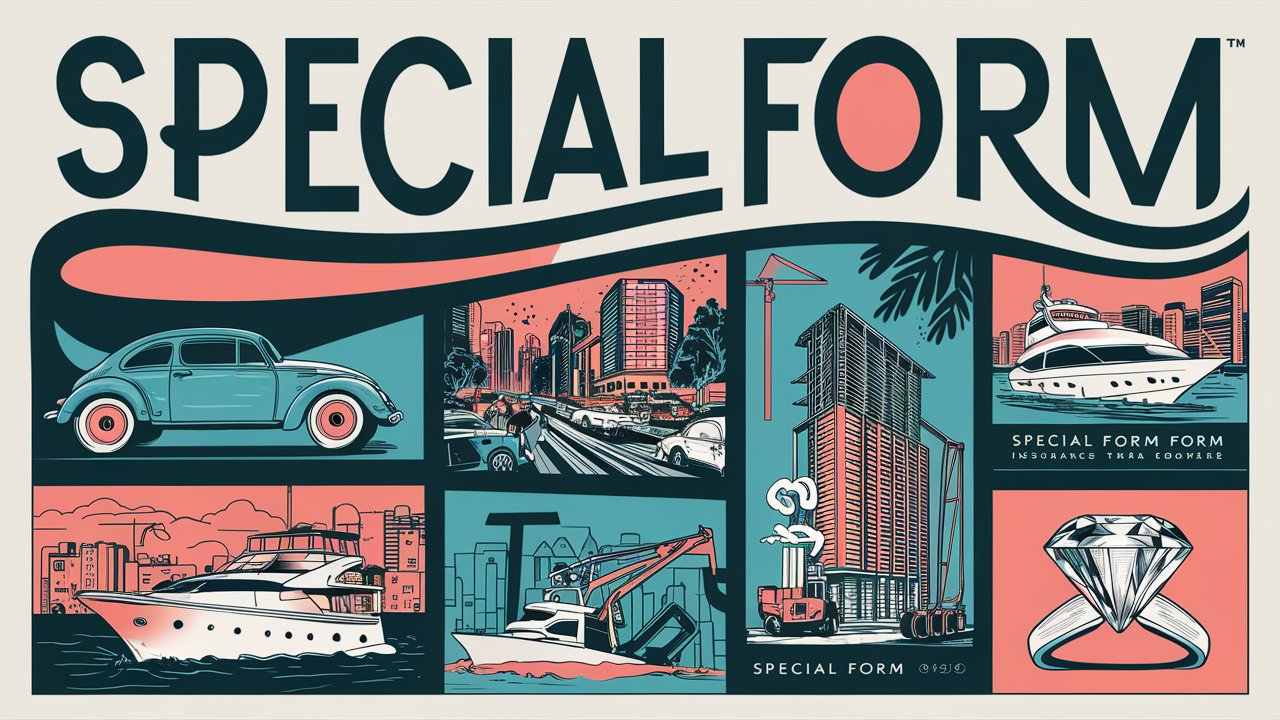Introduction
Here is the Home Insurance Coverage guide to Owning a home is one of life’s most significant achievements, bringing a sense of stability, pride, and security. However, with ownership comes the responsibility of protecting your investment from unforeseen events. Home insurance serves as a critical safeguard, offering financial protection against various risks, from natural disasters to theft. Yet, navigating the complexities of home insurance can be overwhelming. With numerous policies, coverage options, and fine print to consider, how can you ensure that your home is adequately protected?
This comprehensive guide aims to demystify home insurance by providing the ultimate checklist for home insurance coverage. Whether you’re a first-time homeowner or looking to reassess your current policy, this checklist will help you understand the essential components of home insurance, ensure you have adequate coverage, and offer peace of mind knowing your home and belongings are protected.
Understanding Home Insurance
Before diving into the checklist, it’s crucial to understand the basics of home insurance. Home insurance, also known as homeowners insurance, is a policy that combines various types of coverage to protect your home and its contents. It typically includes coverage for the structure of your home, personal belongings, liability protection, and additional living expenses.

Types of Coverage
- Dwelling Coverage
Protects the physical structure of your home, including the walls, roof, and foundation, against covered perils such as fire, windstorms, and hail.
- Personal Property Coverage
Covers your personal belongings, such as furniture, clothing, and electronics, in case they are damaged or stolen.
- Liability Coverage
Provides protection if someone is injured on your property or if you accidentally cause damage to someone else’s property.
- Additional Living Expenses (ALE) Coverage
Pays for temporary living expenses if your home becomes uninhabitable due to a covered event.
- Medical Payments Coverage
Covers medical expenses for guests who are injured on your property, regardless of fault.
The Ultimate Home Insurance Checklist
1. Assess Your Coverage Needs
Evaluate Your Home’s Value
- Replacement Cost vs. Actual Cash Value
Determine whether your policy covers the replacement cost (the cost to rebuild your home with similar materials) or the actual cash value (the cost to rebuild minus depreciation).
- Rebuilding Costs
Consider the cost of labor and materials in your area, which can fluctuate over time.

Inventory Your Belongings
- Create a Detailed Inventory
List all your personal belongings, including their value and any receipts or appraisals. This can help you determine how much personal property coverage you need.
- High-Value Items
Identify high-value items such as jewelry, art, or collectibles that may require additional coverage.
2. Understand Your Policy
Read the Fine Print
- Covered Perils
Familiarize yourself with what perils are covered by your policy, such as fire, theft, and certain natural disasters.
- Exclusions
Understand what is not covered, such as floods, earthquakes, and regular wear and tear.
Policy Limits
- Coverage Limits
Ensure your policy limits are adequate to cover the cost of rebuilding your home and replacing your belongings.
- Sub-Limits
Be aware of sub-limits for specific items like jewelry, electronics, or firearms.
Deductibles
- Choose a Deductible
A higher deductible can lower your premium but means you’ll pay more out-of-pocket in the event of a claim. Balance your deductible with what you can afford to pay in an emergency.
3. Supplement Your Coverage
Endorsements and Riders
- Flood Insurance
Standard home insurance policies do not cover flood damage. Consider purchasing a separate flood insurance policy if you live in a flood-prone area.
- Earthquake Insurance
Similar to flood insurance, earthquake damage is not covered under standard policies and requires additional coverage.
- Sewer Backup
This rider covers damage caused by a backup of water or sewage in your home.
Personal Property Endorsements: For high-value items that exceed standard policy limits, consider adding endorsements to ensure adequate coverage.
4. Regularly Review and Update Your Policy
Annual Reviews
- Life Changes
Review your policy annually or after significant life changes such as renovations, purchasing high-value items, or changes in household members.
- Market Changes
Stay informed about changes in construction costs and update your coverage limits accordingly.
Home Improvements
Renovations and Additions: Notify your insurance company of any significant home improvements, as they can increase the value of your home and may require adjustments to your coverage.
5. Maximize Discounts and Savings
Bundling Policies
Multi-Policy Discounts
Many insurers offer discounts if you bundle your home insurance with other policies, such as auto or life insurance.
Home Security
- Security Systems
Installing security systems, smoke detectors, and deadbolt locks can reduce your premium.
- Smart Home Devices
Devices like smart thermostats and leak detectors can also qualify for discounts.

Loyalty and Claim-Free Discounts
- Loyalty Discounts
Long-term customers may receive loyalty discounts.
- Claim-Free Discounts
Maintaining a claim-free history can result in lower premiums.
6. Know the Claims Process
Documenting Damage
- Take Photos and Videos
Document any damage immediately to support your claim.
- Keep Receipts
Save receipts for any emergency repairs or temporary living expenses.
Filing a Claim
- Contact Your Insurer
Notify your insurance company as soon as possible after an incident.
- Provide Documentation
Submit all required documentation, including photos, videos, receipts, and a detailed inventory of damaged items.
7. Legal and Liability Considerations
Liability Limits
- Evaluate Your Risk
Assess the potential risks and ensure your liability limits are sufficient to protect your assets.
- Umbrella Insurance
Consider an umbrella insurance policy for additional liability coverage beyond the limits of your home insurance.
8. Work with a Trusted Agent or Broker
Professional Advice
- Seek Guidance
Work with a reputable insurance agent or broker who can help you understand your options and tailor a policy to your needs.
- Ask Questions
Don’t hesitate to ask questions and seek clarification on any aspects of your policy.
9. Stay Informed
Policy Changes
- Industry Updates
Stay informed about changes in the insurance industry that may affect your coverage.

- Legislation
Be aware of any new laws or regulations that could impact your home insurance.
Conclusion
Home insurance is a vital component of responsible homeownership, providing financial protection and peace of mind. By following this ultimate checklist, you can ensure that you have comprehensive coverage tailored to your needs. From assessing your coverage needs and understanding your policy to supplementing your coverage and maximizing discounts, each step is crucial in safeguarding your home and belongings.
Regularly reviewing and updating your policy, knowing the claims process, and considering legal and liability aspects will further enhance your protection. Working with a trusted agent or broker and staying informed about industry changes will empower you to make informed decisions and keep your coverage up to date.
Remember, the goal of home insurance is not just to meet minimum requirements but to provide robust protection for your most significant investment. By taking the time to understand and optimize your home insurance coverage, you can enjoy the security and confidence that comes with knowing your home is well-protected against life’s uncertainties.
For more details please visit our home page: Click Here

